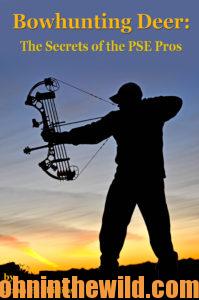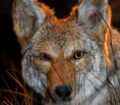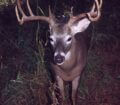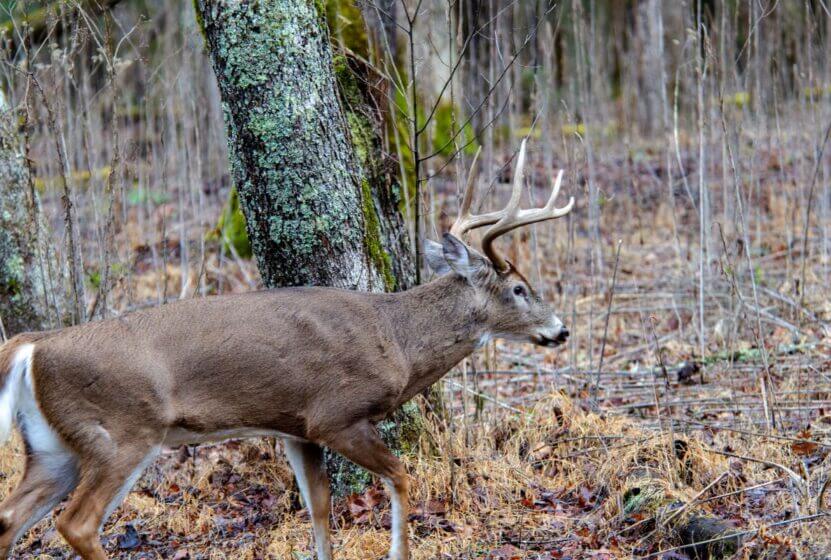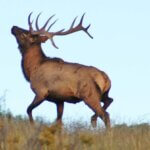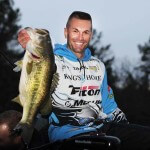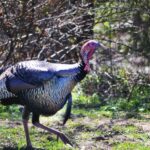Editor’s Note: Today outdoorsmen have begun to learn more about the white-tailed deer. In the past, we haven’t known the right questions to ask. But scientists and researchers have started studying deer more intensely.
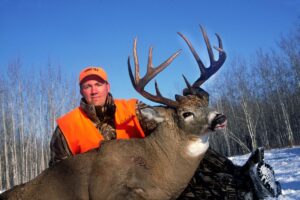
For many years, hunters have had the perception that if they leave the big, older bucks with massive antlers and heavy body weights in the herd that these breeder bucks will breed about 50 percent of the herd, resulting in better genetics. Some hunters also believe that numbers of big bucks (breeder bucks) will keep subordinate bucks from breeding, just like a boss gobbler will keep subordinate gobblers from gobbling and breeding. A study done by Randy B. Young at Texas A&M in Kingsville, Texas, who’s also done some research at Mississippi State University, tests this theory by using DNA as a research tool. Young captured deer and pulled DNA samples to recreate a family tree for the herd he was studying with some degree of precision. He was able to determine which bucks bred which does, what bucks and does were related to each other, and how many fawns an individual buck was actually producing each year. His research revealed some very-interesting data.
Young studied three different areas in Oklahoma, south Texas and Mississippi. One place was a traditionally-managed herd – a public WMA in Mississippi; one was a quality-managed area in Oklahoma with good buck-age structure and good population saturation; and the third region was the King Ranch in Texas, which probably had and still has the best buck-age structure in the nation. The study revealed that:

- yearlings and 2-1/2-year-old bucks accounted for 1/3 or more of all fawns produced in all three areas, even regions under an intense trophy-management program. Even on the King Ranch where 50 percent of the bucks were 4-1/2 years old or older, the 1- to 2-1/2 year old bucks accounted for 1/3 or more of all fawns produced.
- an increased number of fawns were produced by bucks 3- and 3-1/2 years or older, but there wasn’t a significantly huge difference.
- the average buck only accounted for about three fawns that survived each year, in all three areas, which shattered the idea that a big mature dominant buck might produce 20 or 30 fawns a year. Big bucks apparently had a low impact on the overall genetic input of the entire herd.
- the top breeder over a 6-year period in this study only produced 14 fawns that could be identified. The study coordinator believed that these fawns probably accounted for about 2/3 of all the fawns actually produced by that buck.
- 25 percent of the twin fawns had multiple sires, which meant that a doe that dropped twin fawns could have been bred by more than one buck.

The fact that white-tailed deer breed entirely different from elk has influenced the results of Young’s study. A white-tailed buck has to search, find, stay with and possibly breed a doe over about a 2-day period from start to finish. The buck has to spend plenty of time locating that one hot doe. After he breeds her, he stays with her and defends her until she’s no longer receptive. At the same time, other does will come into heat and become available.
John E. Phillips’ latest deer book “How to Hunt Deer Like a Pro: Volume II,” just was published on Amazon in print at https://www.amazon.com/gp/product/B0BGSP3QPB/ref=dbs_a_def_rwt_hsch_vapi_tpbk_p4_i4
The Audible version should be available by December. Since deer hunting and deer hunters are drastically changing each year, John interviewed some top deer hunters like Mark Drury, Dr. Larry Marchinton, Dr. Bob Sheppard, Pat Reeve, Gene Wensel, Cody Robbins, Ernie Calandrelli, Brian Murphy and Luke Brewster, who took the world’s largest whitetail, to learn their up-to-date techniques for successfully hunting deer and having more places to hunt. Also, John’s first book in that series “How to Hunt Deer Like a Pro” in Kindle, print and Audible at https://www.amazon.com/dp/B007D3H08M and includes other outstanding deer hunters. Too, check-out John’s book, “Bowhunting Deer: the Secrets of the PSE Pros,” https://www.amazon.com/gp/product/B0091T1NKM/ref=dbs_a_def_rwt_hsch_vapi_taft_p1_i1, available now in Kindle, print and Audible versions. 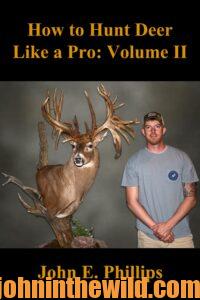 You may have to copy and paste these links into your browser. When you click on these books, notice on the left where Amazon says you can read and hear 10% of the Audible books for free.
You may have to copy and paste these links into your browser. When you click on these books, notice on the left where Amazon says you can read and hear 10% of the Audible books for free. 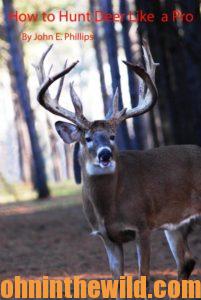 On the right side of the pages and below the offer for a free Audible trial, you can click on Buy the Audible book.
On the right side of the pages and below the offer for a free Audible trial, you can click on Buy the Audible book.
Tomorrow: Determine Whether to Cull Deer